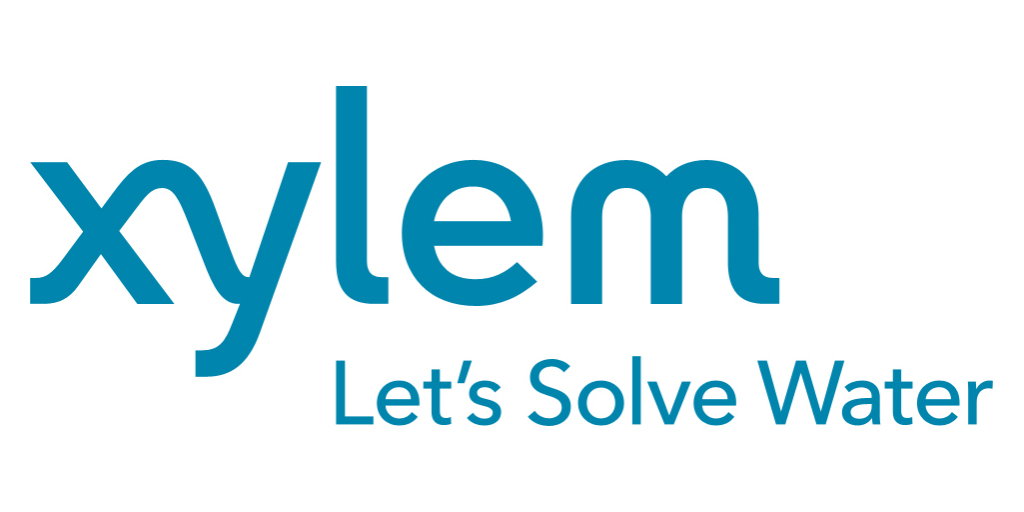At the recent AusIMM MillOps 2024 conference held in Perth from 21-23 October, a presentation by Dr David Seaman, Manager Metallurgy – Technology & Innovation at Newmont, titled ‘Red Chris Flotation Circuit Expansion – From Piloting to Full Scale’ detailed how the miner to improve the performance of the mill flotation circuit for more consistent metallurgical performance while making maximum use of scarce floorspace at the Red Chris gold-copper mine in British Columbia, Canada.
The original flotation circuit at Red Chris mine included bulk rougher flotation using conventional tank cells, followed by cleaner flotation consisting of two columns. In the original design of the cleaning circuit, the two columns were operated in series: the concentrate from the first column were sent to the second, smaller column to further upgrade to final concentrate-grade. As mining operations have advanced, ore mineralogy has exhibited increased variability, necessitating a more robust cleaning circuit, especially to accommodate higher head grades.
To address this requirement, a third column was piloted on-site to verify metallurgical performance across various configuration options. Following successful piloting, a third column was integrated into the circuit, and commissioning was completed in June 2021. These are Eriez Cavitation Tube Columns, selected for piloting for their small lateral space requirement and plant familiarity. Newmont piloted five process streams in the cleaning circuit and validated flexible cleaner circuit configuration options to achieve final concentrate grade – cleaner recovery was up +0.9% for gold and +2.1% for copper with the new column. Total gold and copper recovery improved by +0.5% and +0.9%.
In parallel with the cleaning circuit expansion, efforts were directed towards improving the performance of the rougher flotation circuit. A benchmarking exercise revealed the potential for improved recovery of sulphide minerals through increasing rougher flotation residence time. This finding was further validated by the subsequent Orebody Knowledge (ODK) program, which confirmed enhanced recovery rates on a laboratory scale.
In addition to inherent limitations in residence time, the rougher circuit often needs to be reconfigured, converting the last two flotation cells from bulk rougher flotation to pyrite flotation duty to generate non-acid generating (NAG) tails. This reconfiguration further reduces available residence time and negatively impacts rougher recovery, as evidenced by plant data.
To extend residence time and alleviate capacity constraints, the implementation of Eriez StackCells was explored through piloting, owing to their compact design that aligns with the available plant space. Based on the piloting results, six full-scale StackCells® were installed as pre-roughers and commissioned in July 2022 for parallel performance comparisons with the plant tank cells.
As with the cleaning circuit work, plant surveys were conducted to optimise operating conditions and confirm the benefits of these expansions, with recovery improvements aligning with results from the piloting work. Newmont states that they achieved over three times faster kinetics for copper and gold flotation, with equivalent or higher recovery than existing tank cells. Specifically, +3.5% gold and +1.9% copper with StackCells in operation. The installation was a 1:1 scale-up at optimal air, level and impeller speed. The addition of the StackCells enhanced sulphide recovery in the rougher circuit, leading to improved Neutralisation Potential Ratio (NPR) compliance of the rougher tails.
Newmont adds that piloting in tandem with vendors like Eriez means performance including comparisons with existing equipment can be assessed before implementation – and this project was aided by some sharing of data and results from the flotation circuit at Rio Tinto’s Kennecott Copper operation.
Eriez states that StackCell flotation reduces the conventional flotation residence time requirement by 75 to 85% and increases the selective recovery of fine particles and slow-floating minerals, which increases profitability and improves the environmental sustainability of mining projects. “For mining companies that want to minimise the environmental impacts of flotation circuits and maximise profitability, the StackCell offers reduced flotation circuit size and power consumption while delivering superior mineral recovery and concentrate grades.” It allows users to maximise brownfield expansion throughput or increase recovery at present throughput within the existing plant footprint with cells that are 20% of the size of conventional cells. Users benefit from recovering additional fines to concentrate that would otherwise be discarded to tailings.




